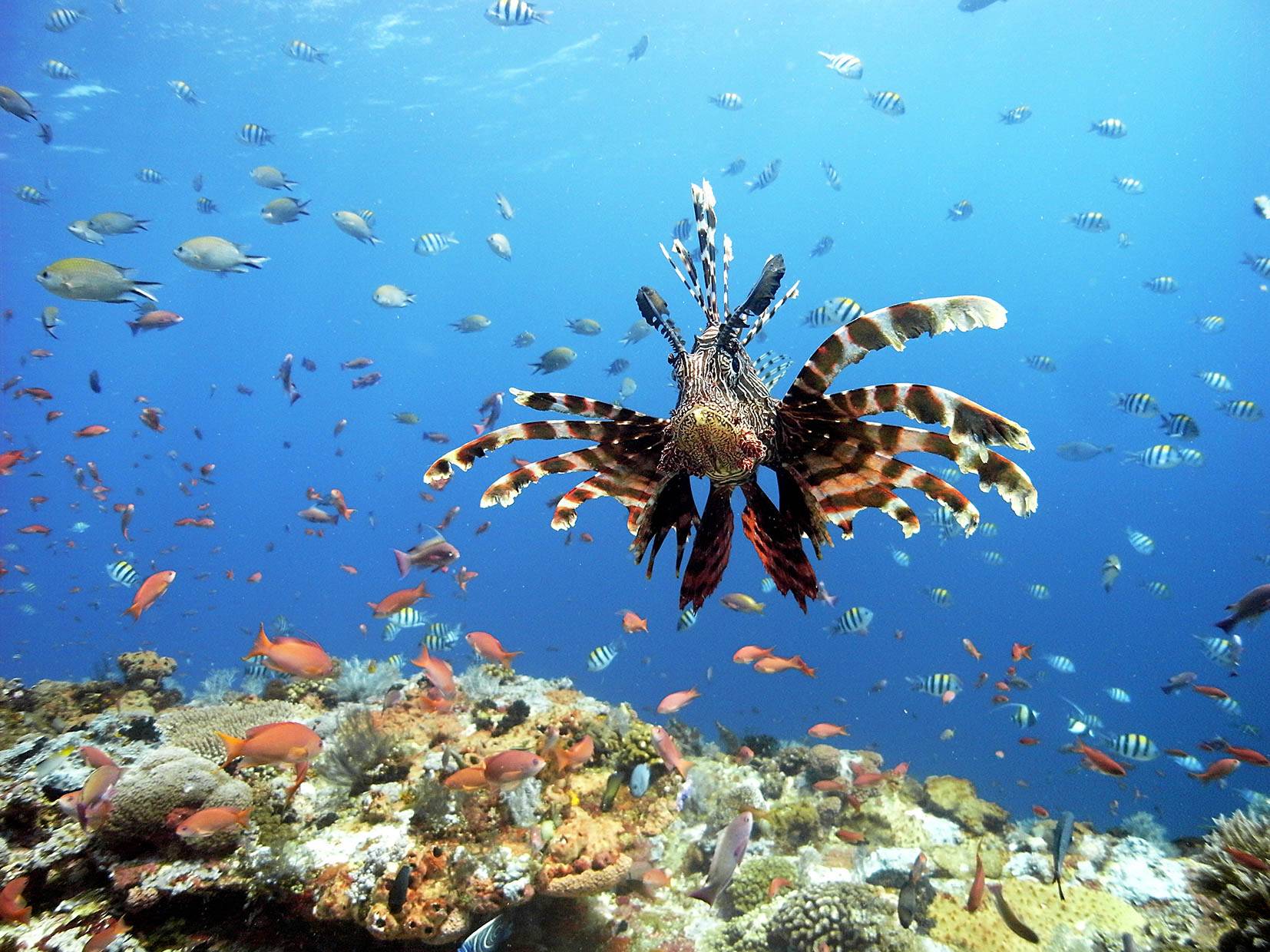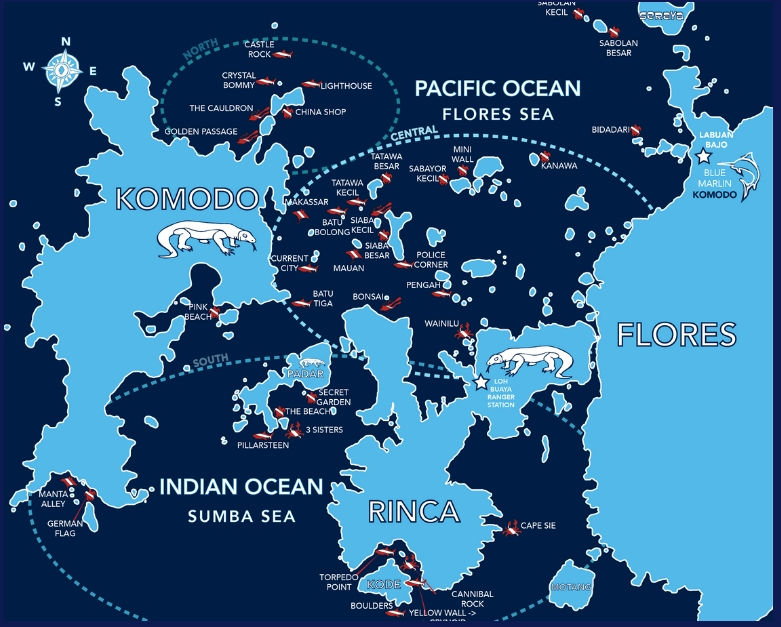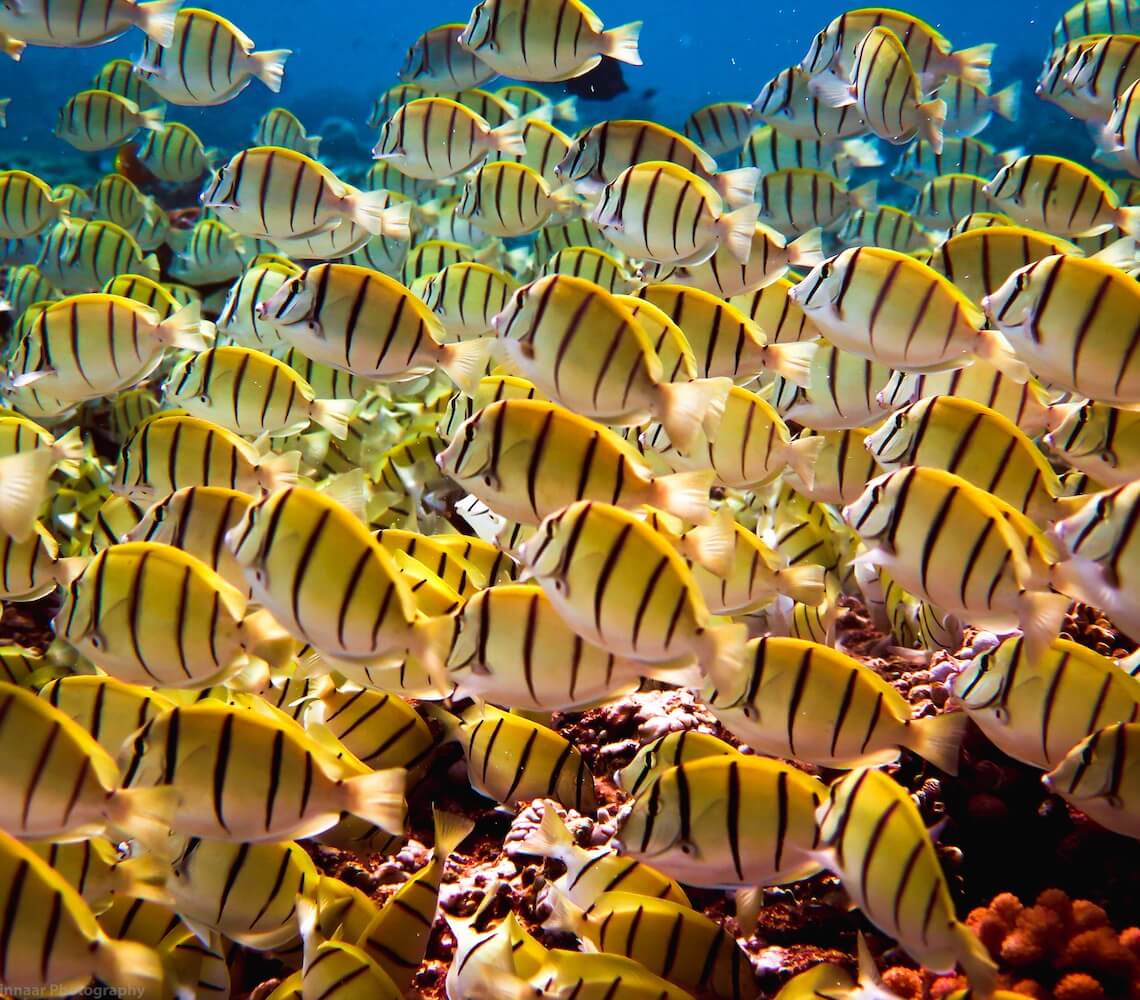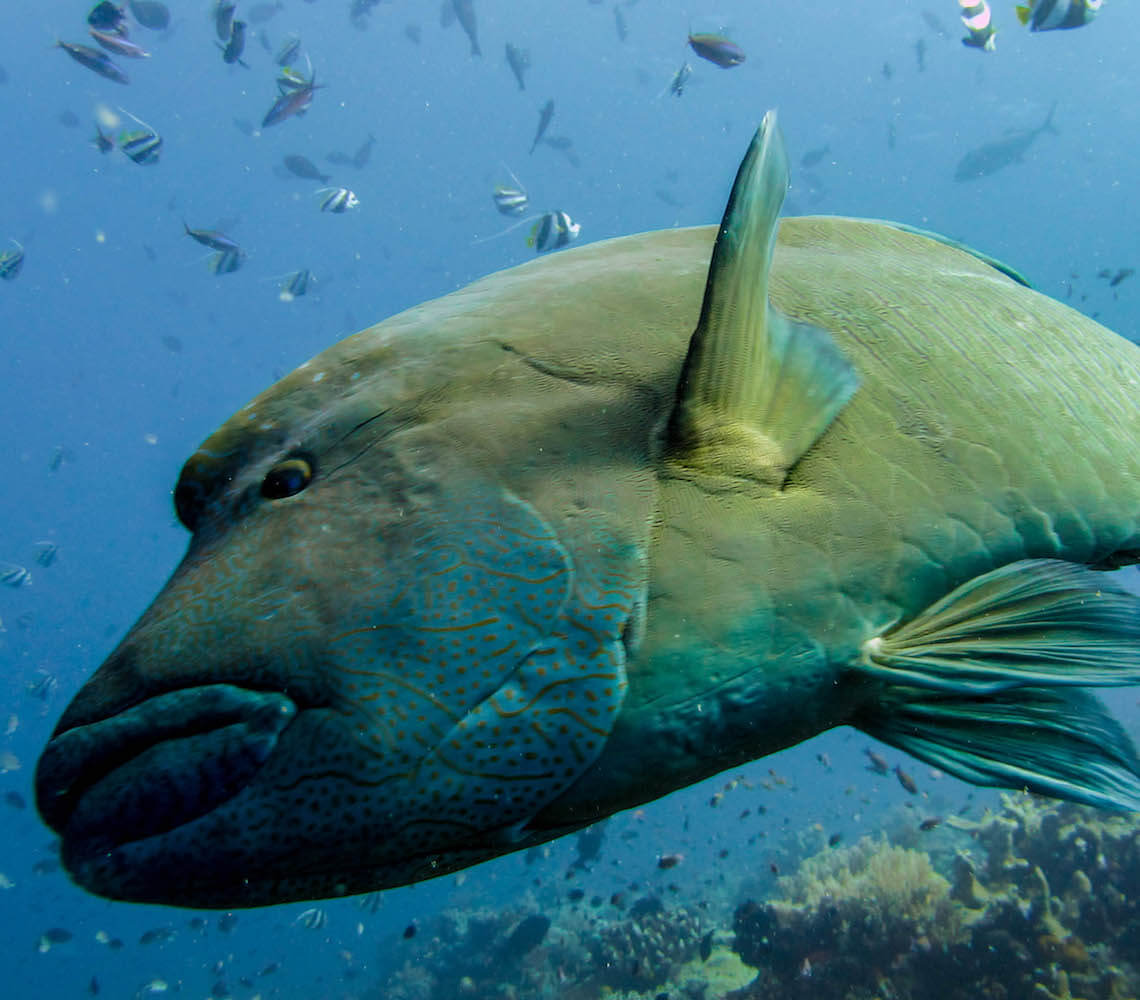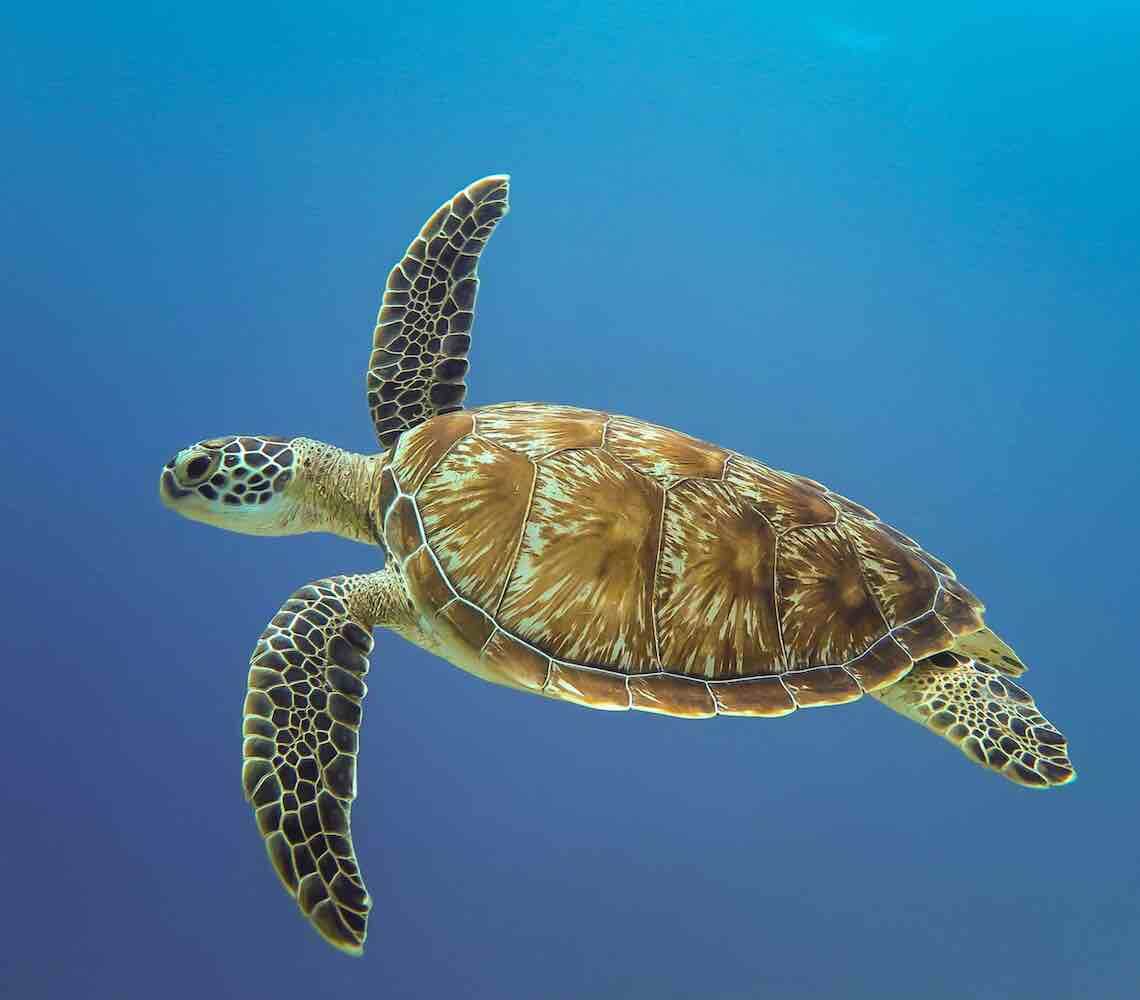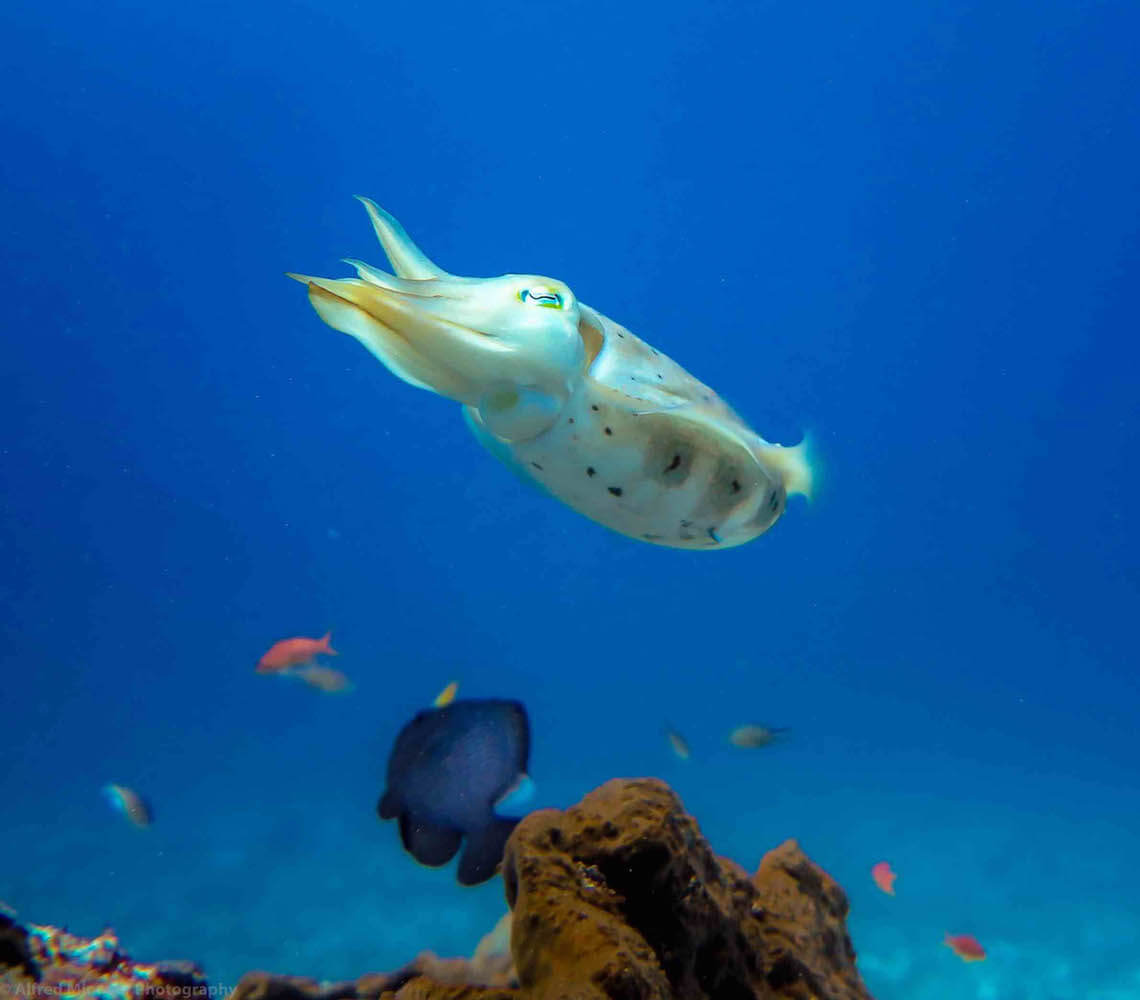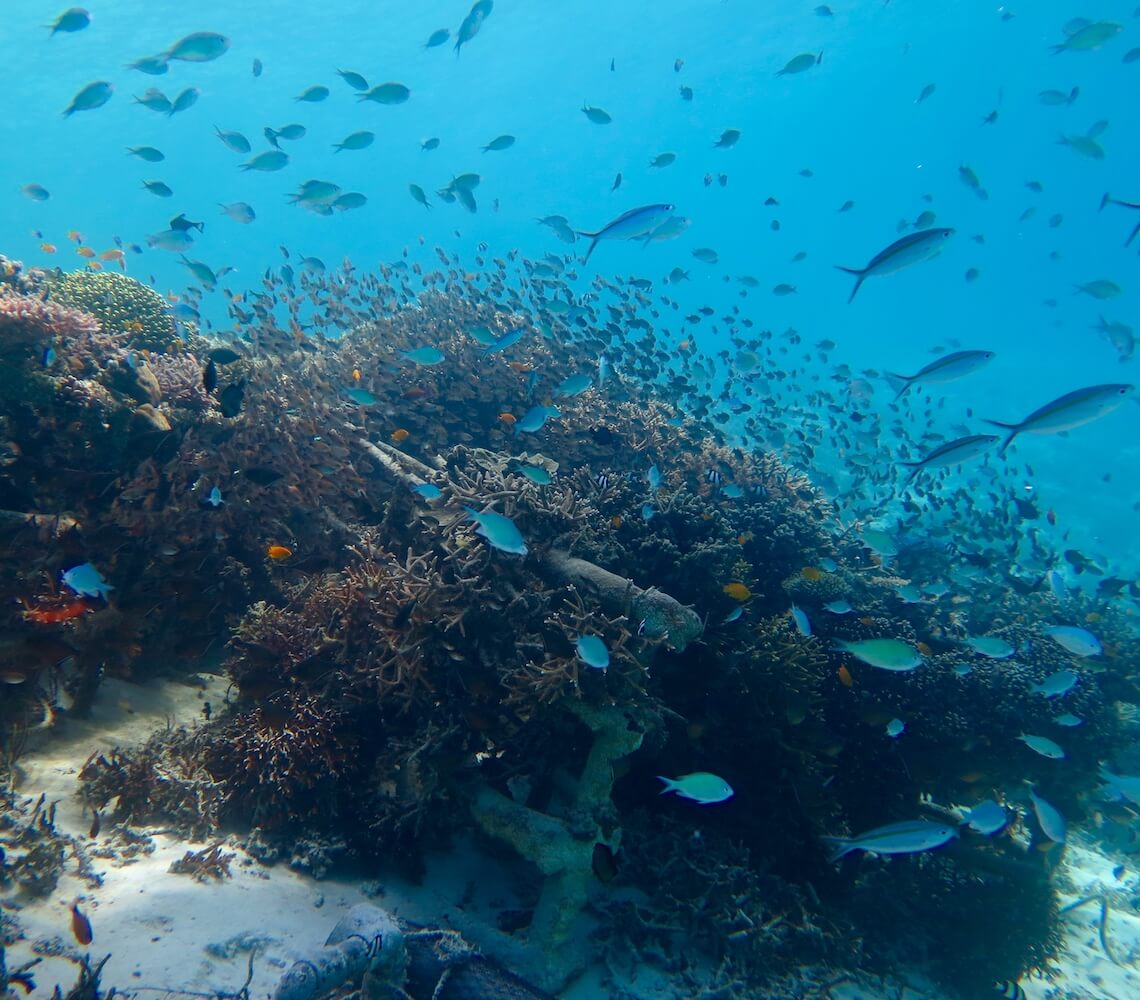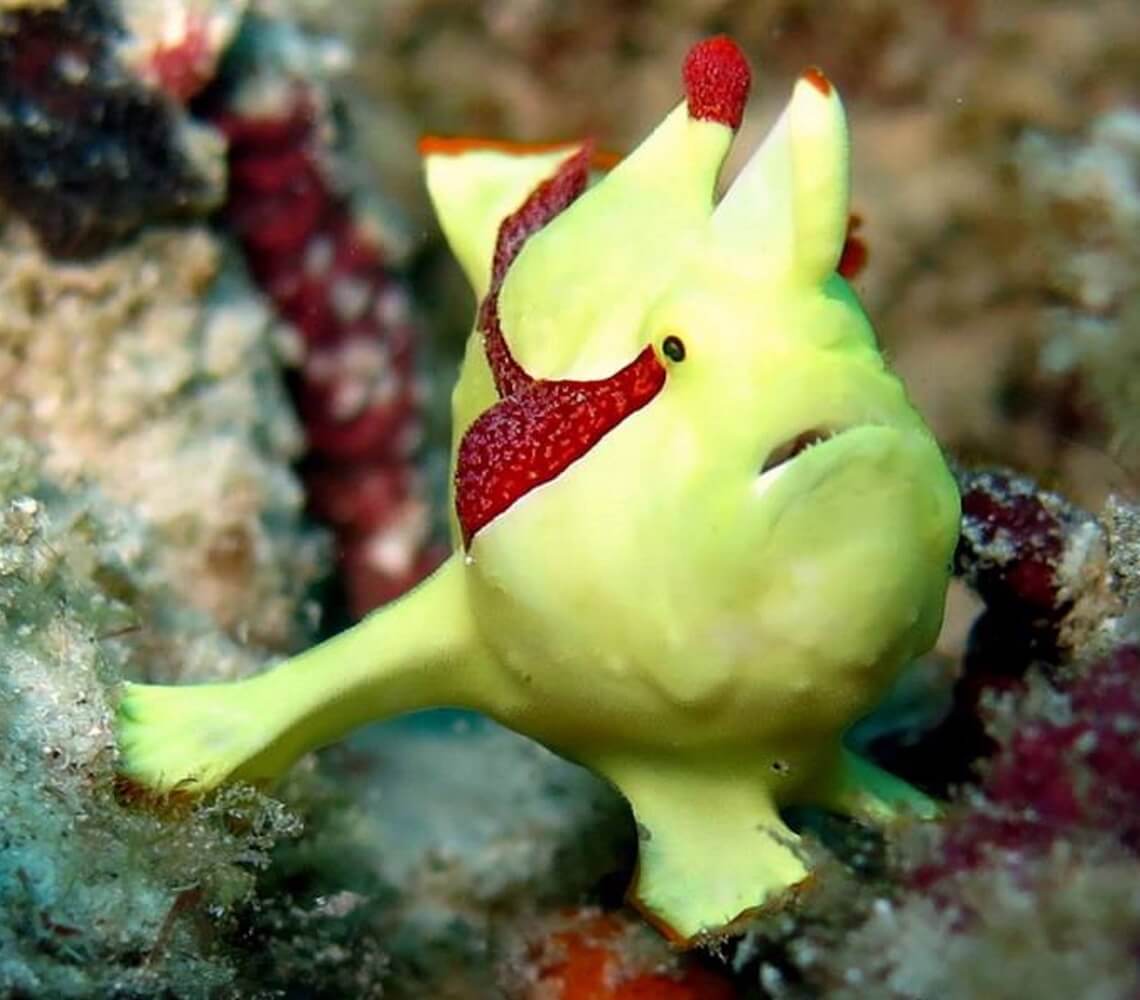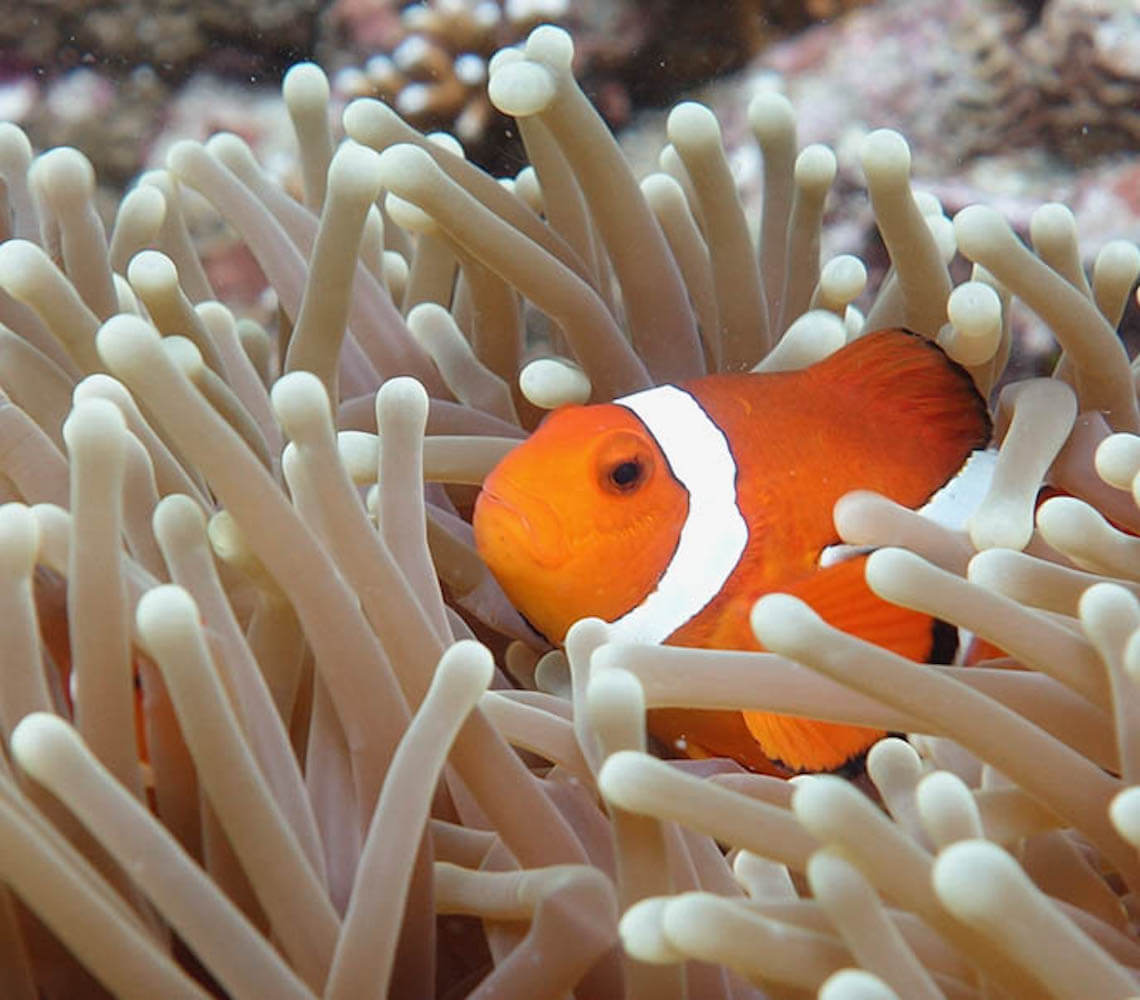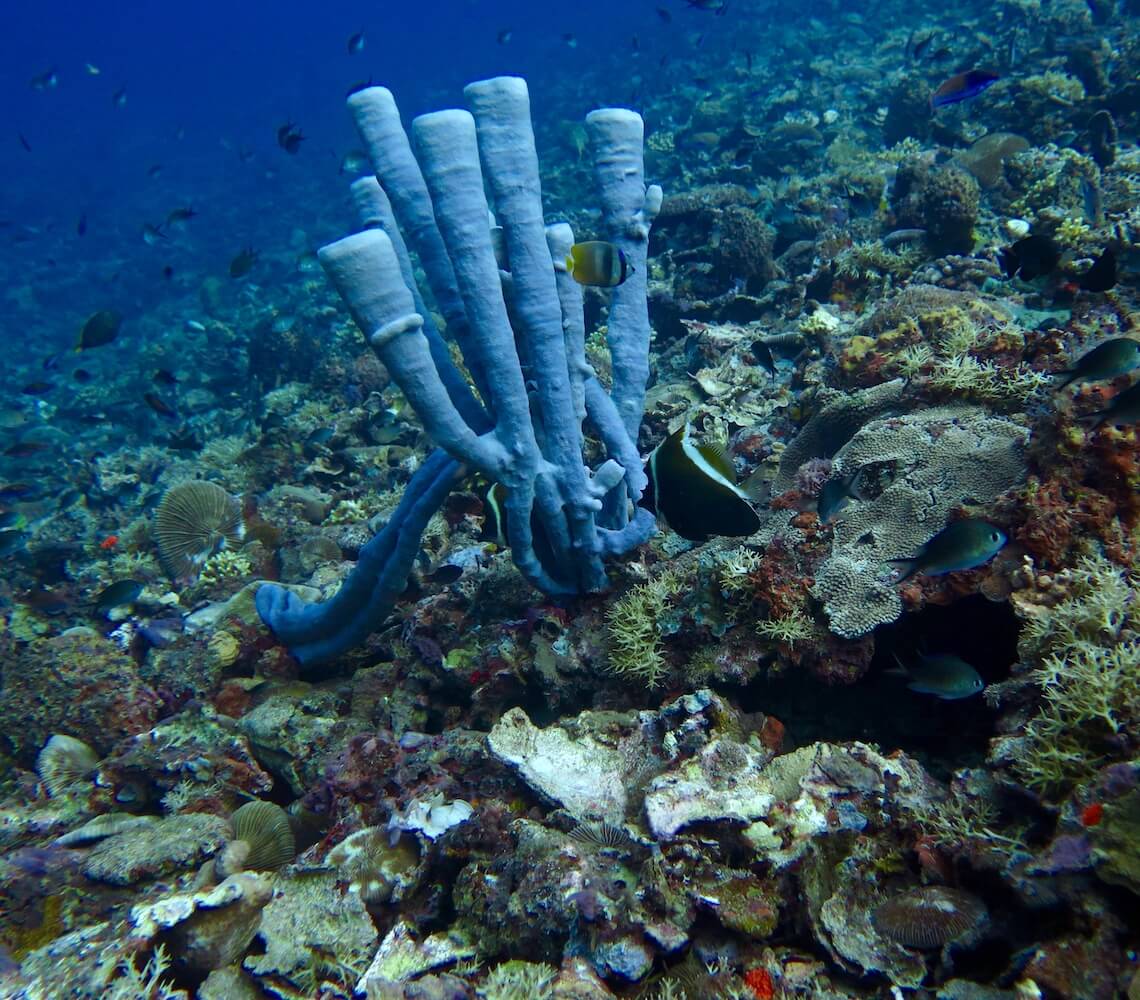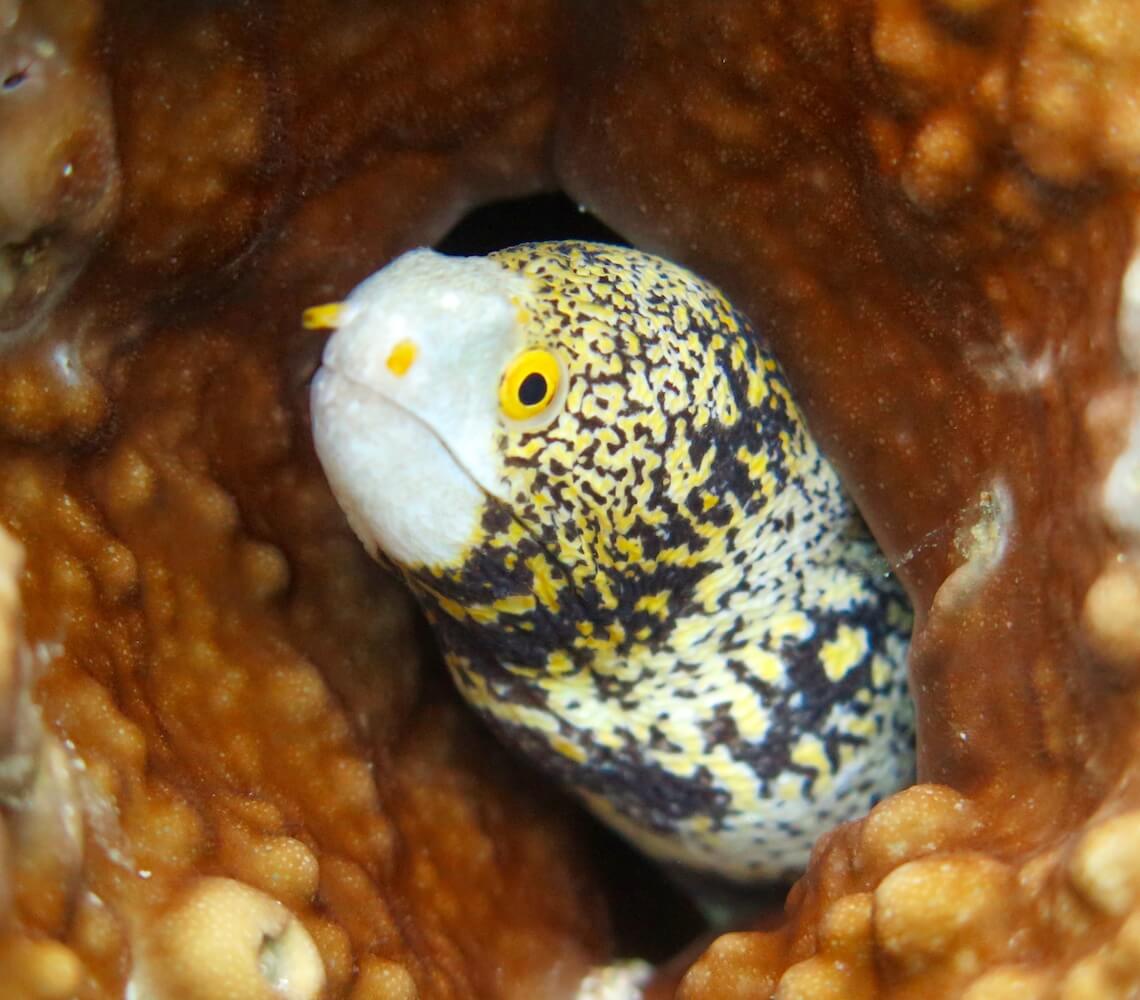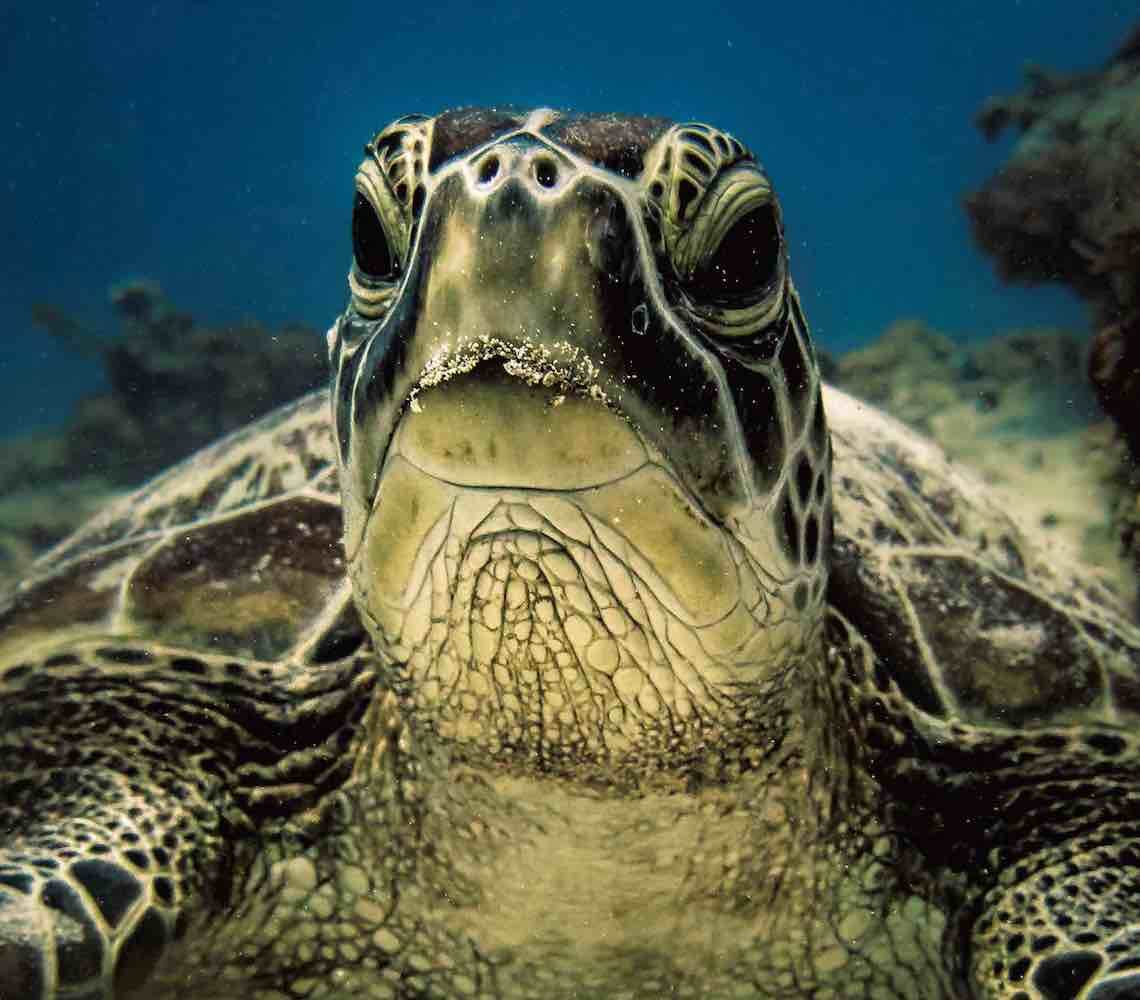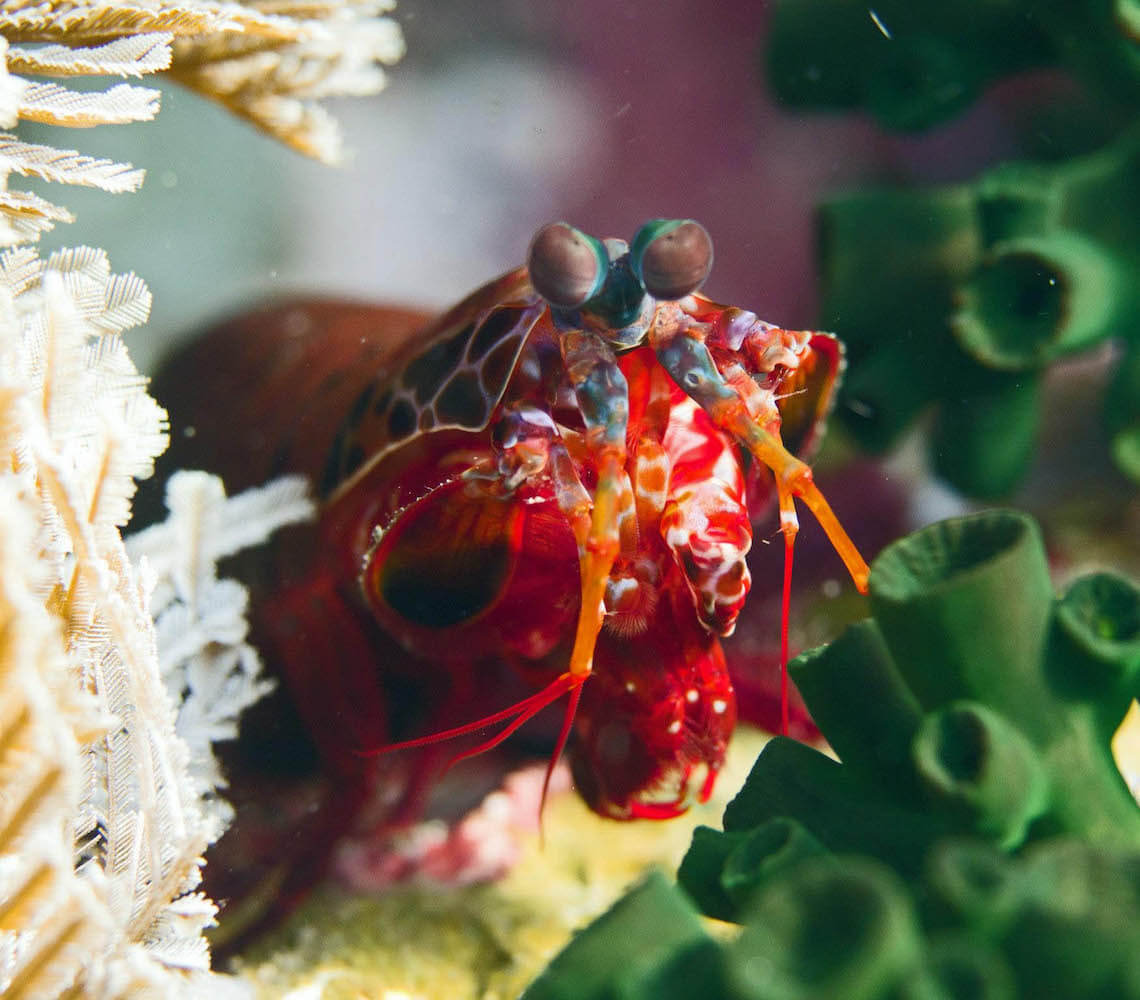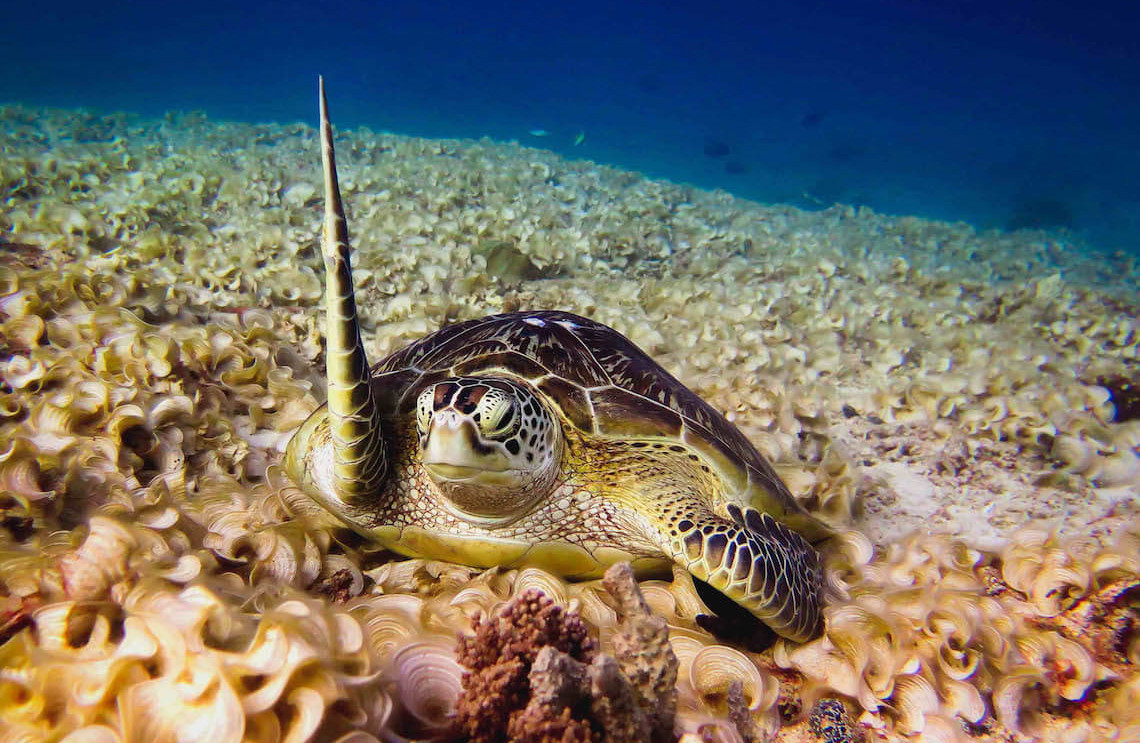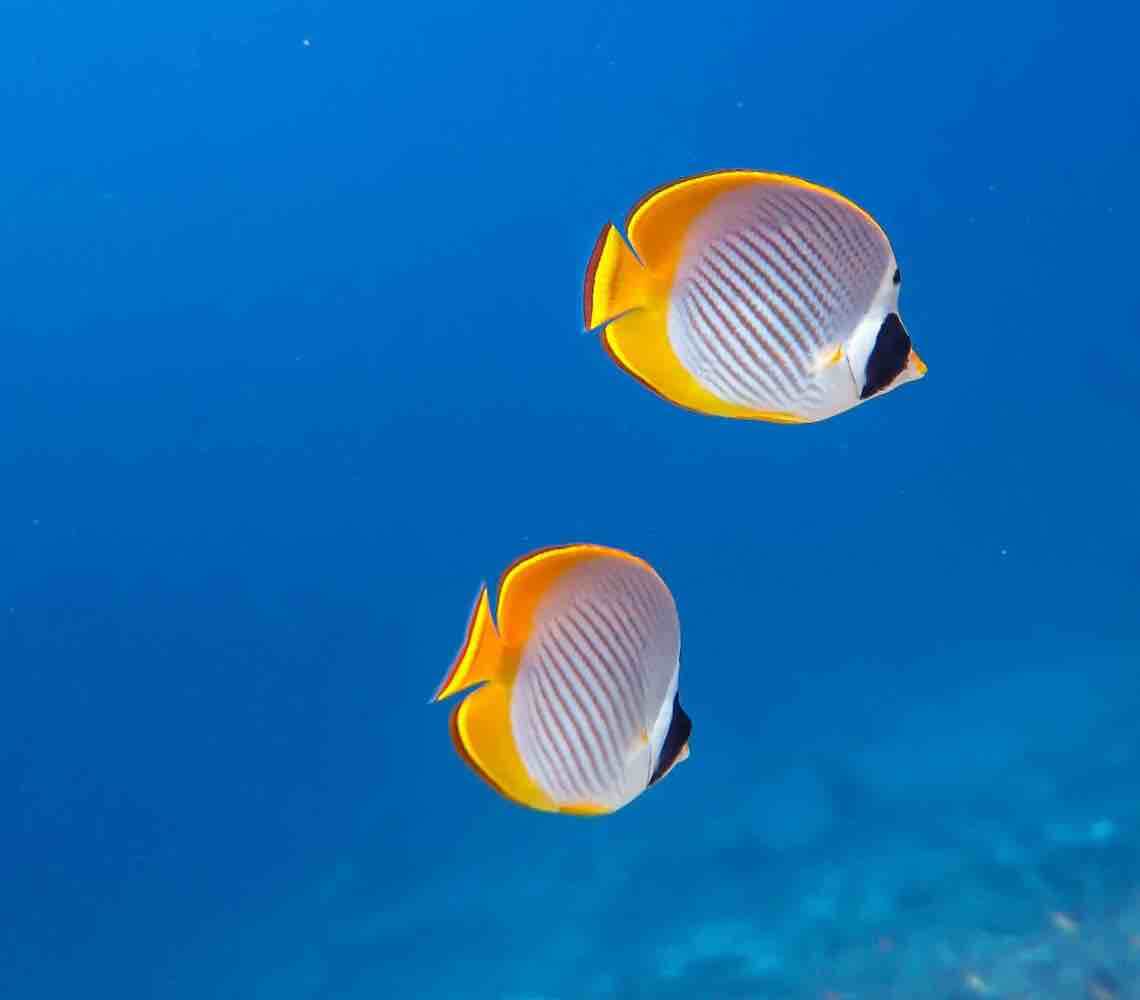the dive sites of komodo
The Sabolan sisters offer two interesting dives close to Labuan Bajo, Sabolan Besar and Sabolan Kecil. Both islands offer large schools of reef fish, turtles, cuttlefish, giant sea fans, and stunning coral life in the shallows. They are the perfect place to start your diving adventures in Komodo. However, just because they offer more of a relaxed environment, don’t overlook them!Photographers will love the chance to catch mantis shrimp, robust ghost pipefish, pygmy seahorses, and nudibranch galore at these underrated sites! Sabolan days also offer the chance to spend your surface interval on an idyllic white sand beach, far away from anyone else.
Avg Depth: 12m
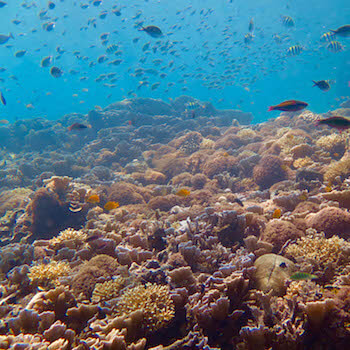
Sebayur Kecil is one of the few sites without much current. Schools of bumphead parrotfish and fusiliers, leaf scorpionfish and stonefish, and morays are all the usual suspects. In the shallower waters, Sebayur Kecil offers a great site for beginners or those looking to refresh their skills. As divers explore deeper, though, a seamount at around 25m offers the chance to see white tip sharks, trevally, and giant sweetlips.
AVG. DEPTH: 12M
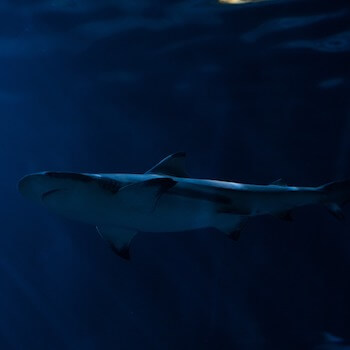
Mini Wall is located right next to Sebayur Kecil. This dive is an excellent checkout dive or just a nice easy dive if you don’t wish to deal with current. Enter at the same mooring line as Sebayur, but swim left to experience completely different topography. The plateau hosts a score of reef fish, dropping dramatically into a 30m+ wall. Look for spotted eagle rays in the blue as batfish and sweetlips swim around you on the wall. The sandy chutes often harbour crocodile flathead as well.
AVG. DEPTH: 15M
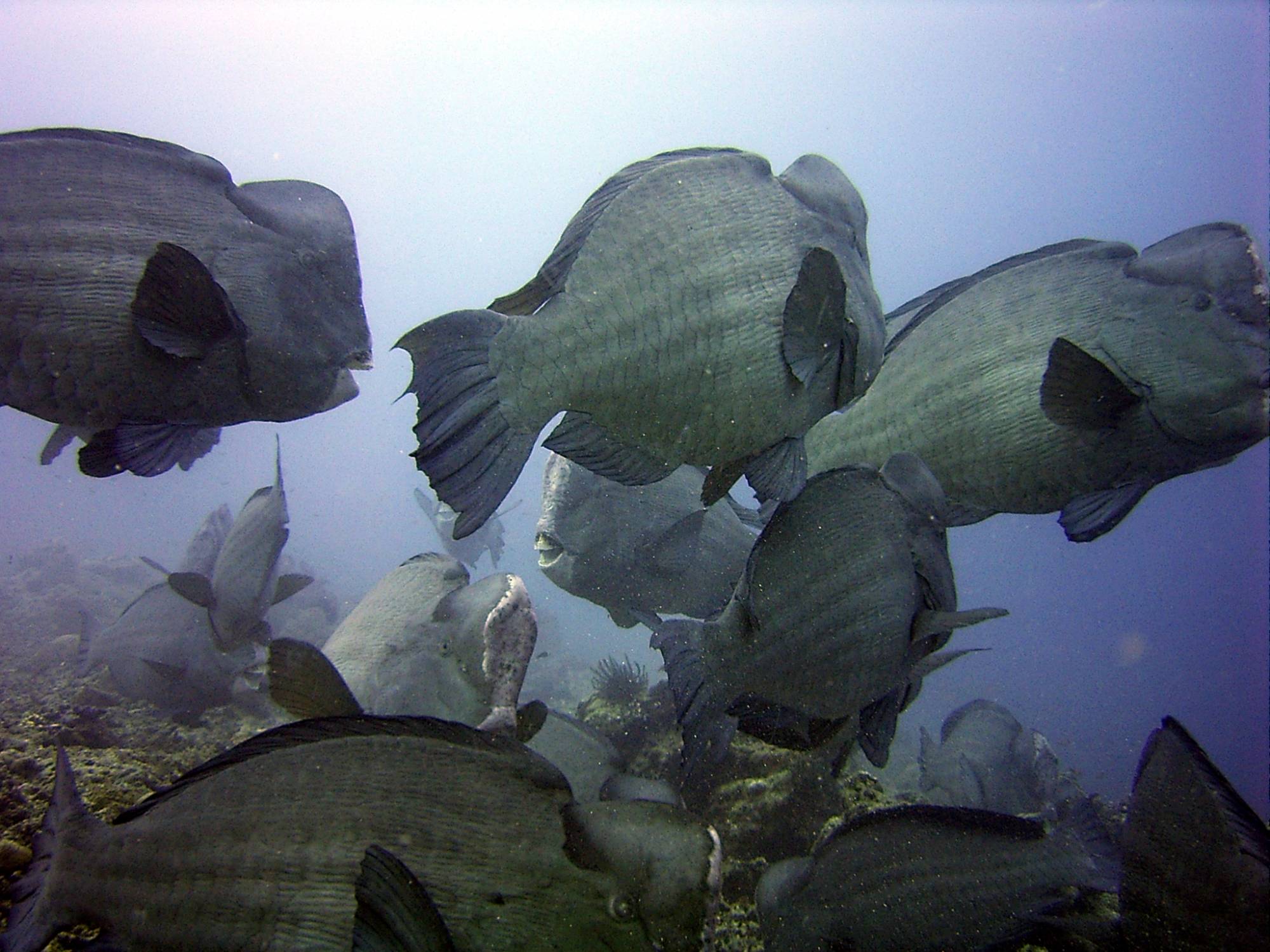
Tatawa Besar boasts one of the most pristine reefs in the park. As you enter, a hearty mix of hard and soft corals greet you. Drifting along, orange soft corals begin to pop up all over the sloping landscape. Before long, you find yourself in an endless field of staghorn corals stretching over a plateau of 3m all the way down to 14m. In this seemingly endless garden, turtles laze about, munching on their feast. Turning your head to the blue, black tip sharks are known to fly by. As you round the corner, the drift slows down, allowing divers to search more keenly for nudibranch, shrimps, and seahorses. On a rising tide, Tatawa Besar is a gentle drift but can become quite fast on a falling tide. It is suitable for all levels as the reef is best above 18m.
AVG. DEPTH: 15M
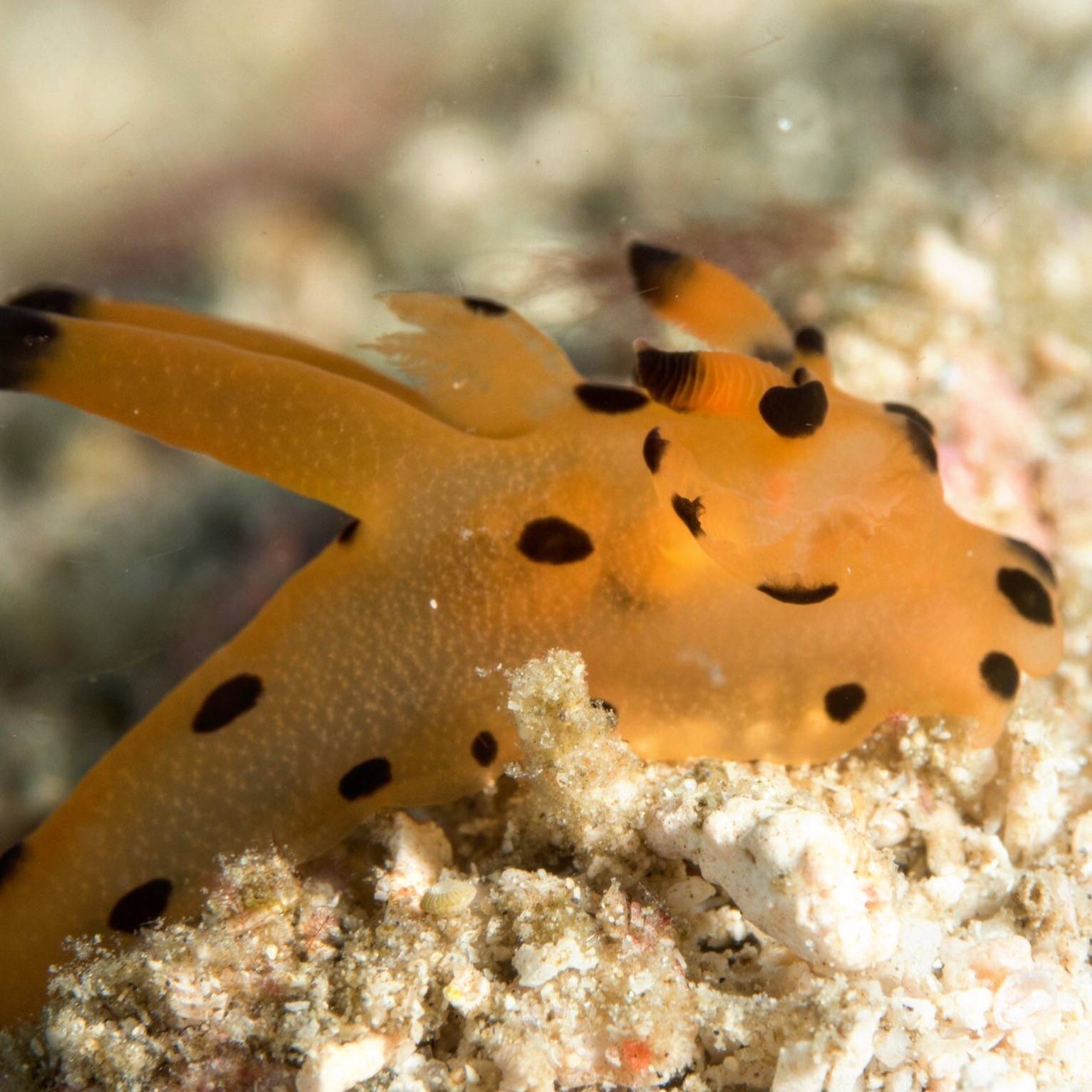
This dive site is one of the most underrated sites in the park. Although the sandy bottom and lack of current put this bay dive at the top of the list for courses, there is an abundance of life that exists here. Almost anything is possible. Turtles are always here. Cuttlefish, sweetlips, white tip sharks, and blue spotted stingrays are also frequently sighted. Siaba Besar also is a bit of a magical site when it comes to rarer creatures – dugongs, silver tip sharks, and ornate ghost pipefish have all been spotted here.
AVG DEPTH: 12M
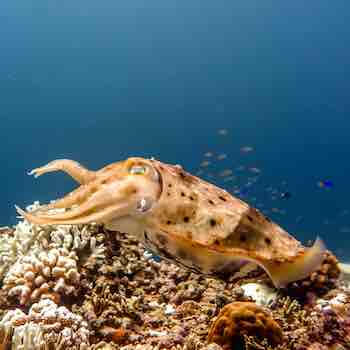
Famous for sightings of up to 50 manta rays, Makassar is a 2 km drift dive located in the middle of the Lintah Strait. Due to strong currents, many corals find it hard to hold on and grow. Thus, the surface of this dive site greatly resembles a lunar landscape with vast craters and towering dunes. Mantas aren’t the only attraction, Makassar offers numerous species of sharks, schools of bumphead parrotfish, marble and eagle rays, and a surprising amount of macro life found in the rubble and sparse yet vibrant coral bommies.
AVG DEPTH: 12M
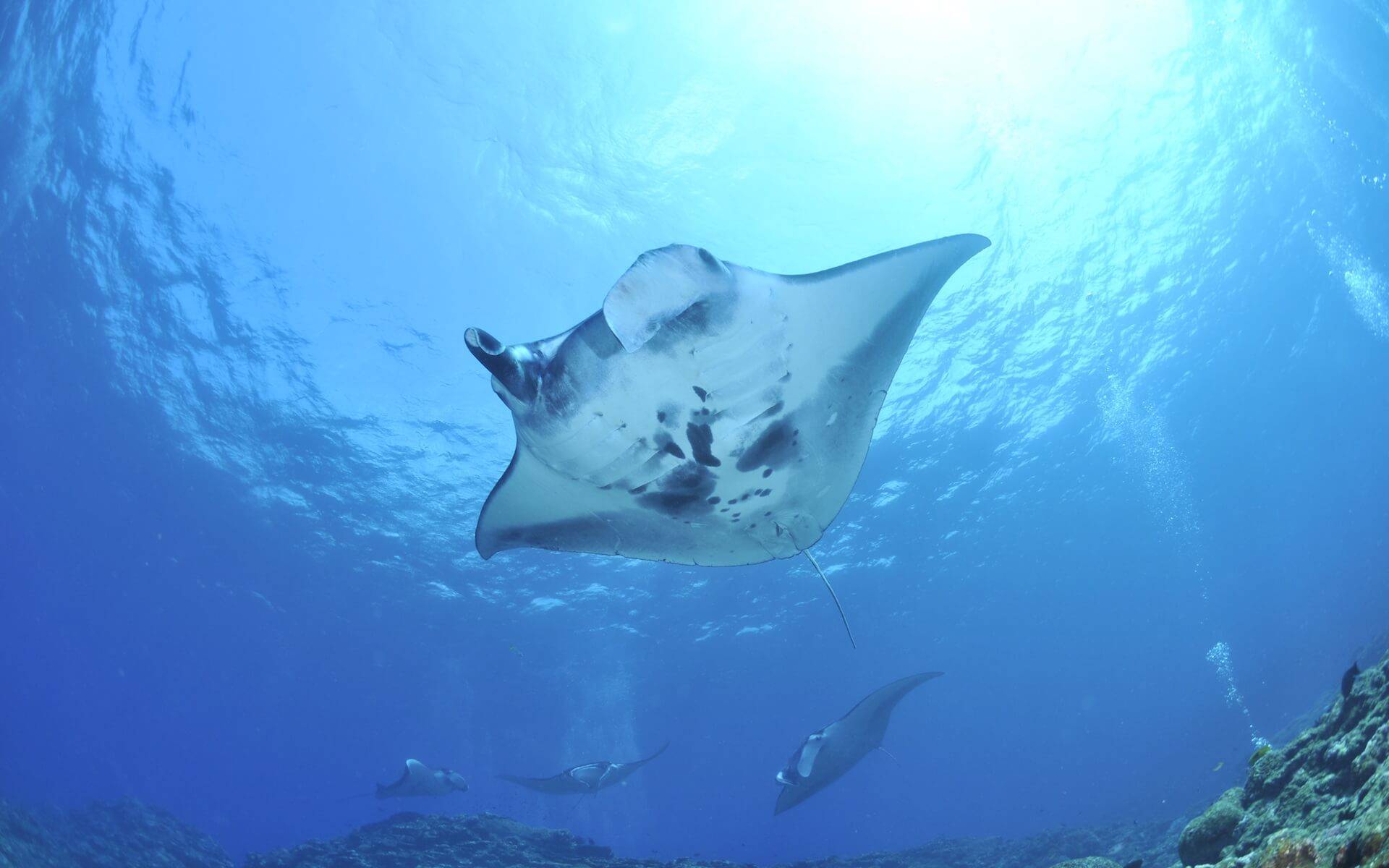
Mauan is the “other” manta spot here in Komodo. While sightings here are a little less frequent, the interactions are generally longer and closer. Zig zag over the sandy slope, scoping shrimps and crabs along the way, and make your way into a pastel garden of soft corals. Turtles, Leaf scorpionfish, and Mantis shrimp are also often spotted here along with all the regular reef suspects.
AVG DEPTH: 12M
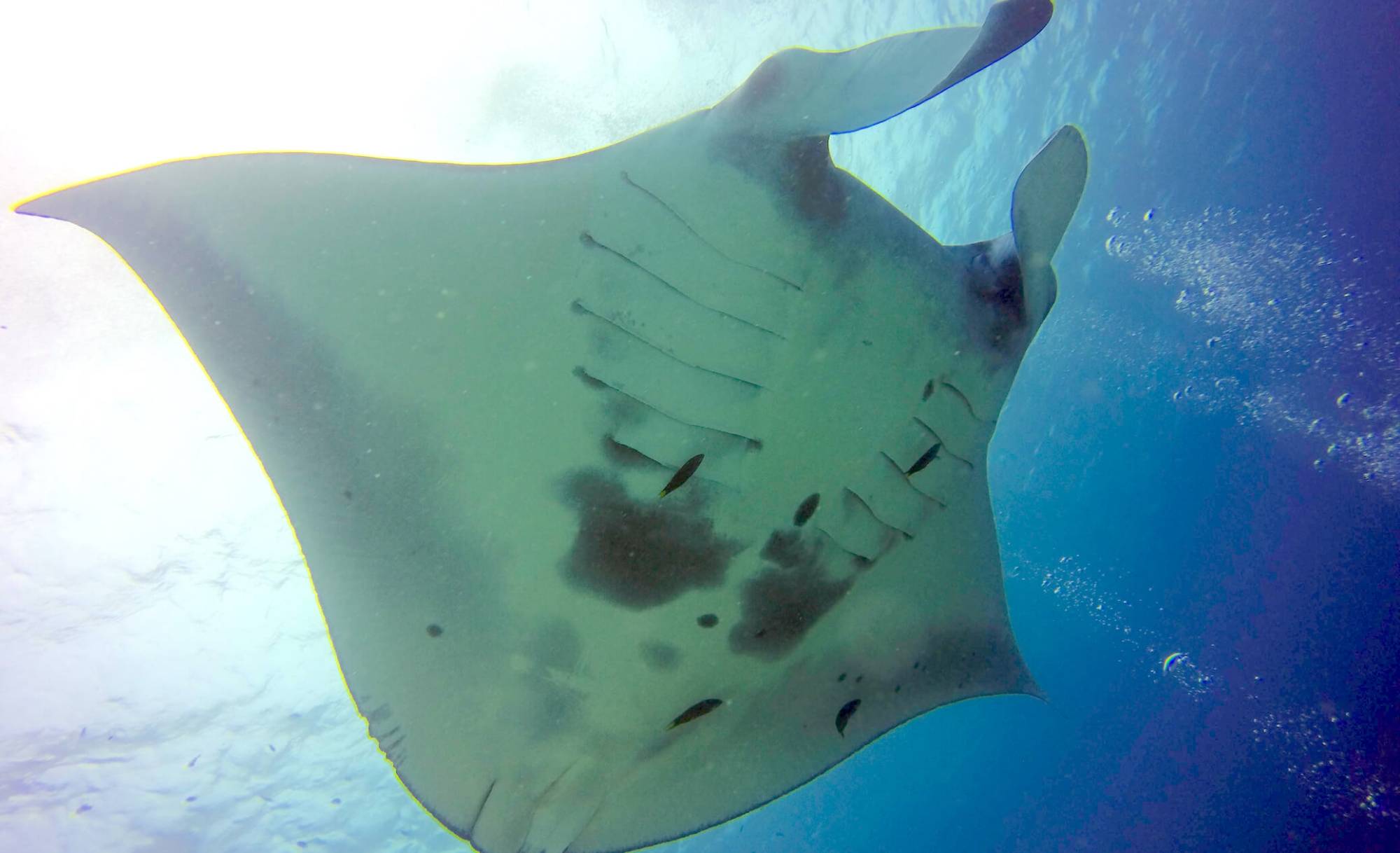
Tengah is a highly variable dive site. Due to its location in the park, Tengah generally has less visibility than other sites in the park. However, on a day Tengah goes, it can easily be the best site in the park. Jumping in at the split, schools of giant trevally and sharks play in the current. As you reach the west side, curves and undulations in the wall make for interesting pockets of current that attract all kinds of critters. As you reach the plateau, rich hard and soft coral gardens cover almost every inch of the reef. Schooling fish are everywhere, the macro will leave even the most seasoned divers excited, and in the middle of the site is a large table coral harbouring 6 baby sharks. Due to the slightly unpredictable conditions, Tengah is best for more confident divers.
AVG DEPTH: 15M
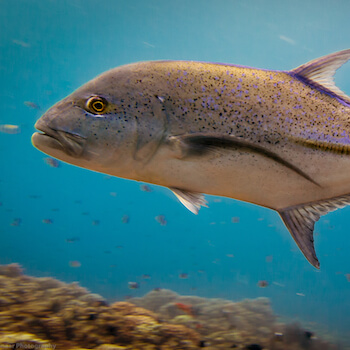
Wainilu is Komodo’s own mini ‘Lembeh’. If it is macro you are seeking, this is your place. Drop onto a sloping, shallow broken coral field. At first sight…nothing, but wait until your eyes adjust. The rubble and urchin filled shallows are home to the rarer creatures of Komodo. Ribbon eels, Indian walkman, mandarin fish, frogfish, juvenile harlequin sweetlips, and countless species of nudibranch are all common sightings. We prefer to take those with decent buoyancy, as the sand and silt are easy to stir up and lots of the odd bottom dwellers like to sting. Join in on the treasure hunt and you are sure to see something you’ve never seen before.
AVG DEPTH: 15M
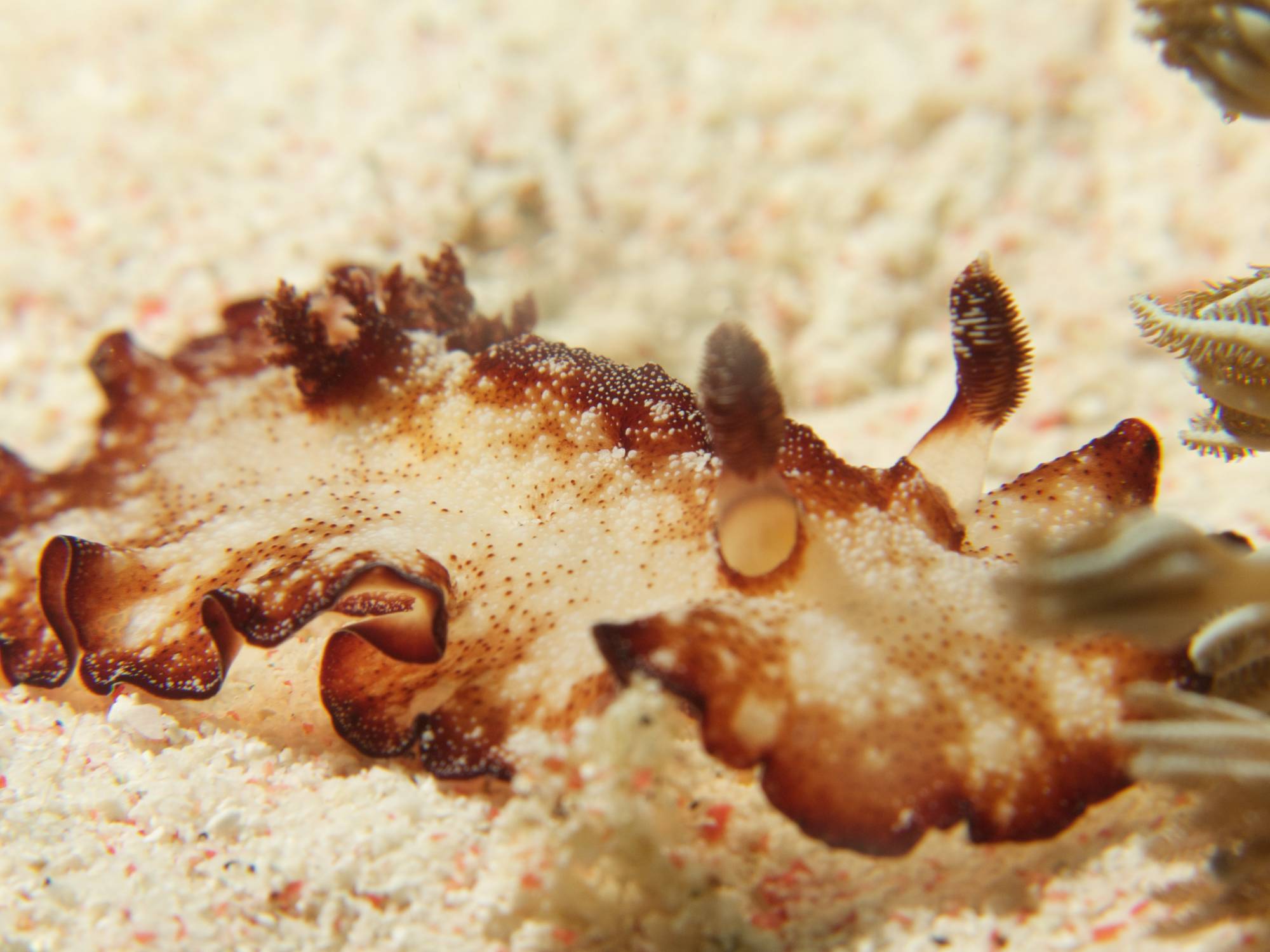
Siaba Kecil is the fastest drift dive in Komodo. Drop in with a negative entry to make sure you don’t miss too much and let the current sweep you along. As you drift along the island, the reef face is filled with small caves harbouring angel fish, batfish, and sweetlips. Giant Trevally schools up above in the shallows. At the end of the dive, you are pushed up onto a shallow reef plateau with a pristine hard coral garden, home to countless turtles and Mandarin Fish! While this is an advanced dive, it is the perfect place to practice with current as there are very few occurrences of down and up currents.
AVG DEPTH: 15M
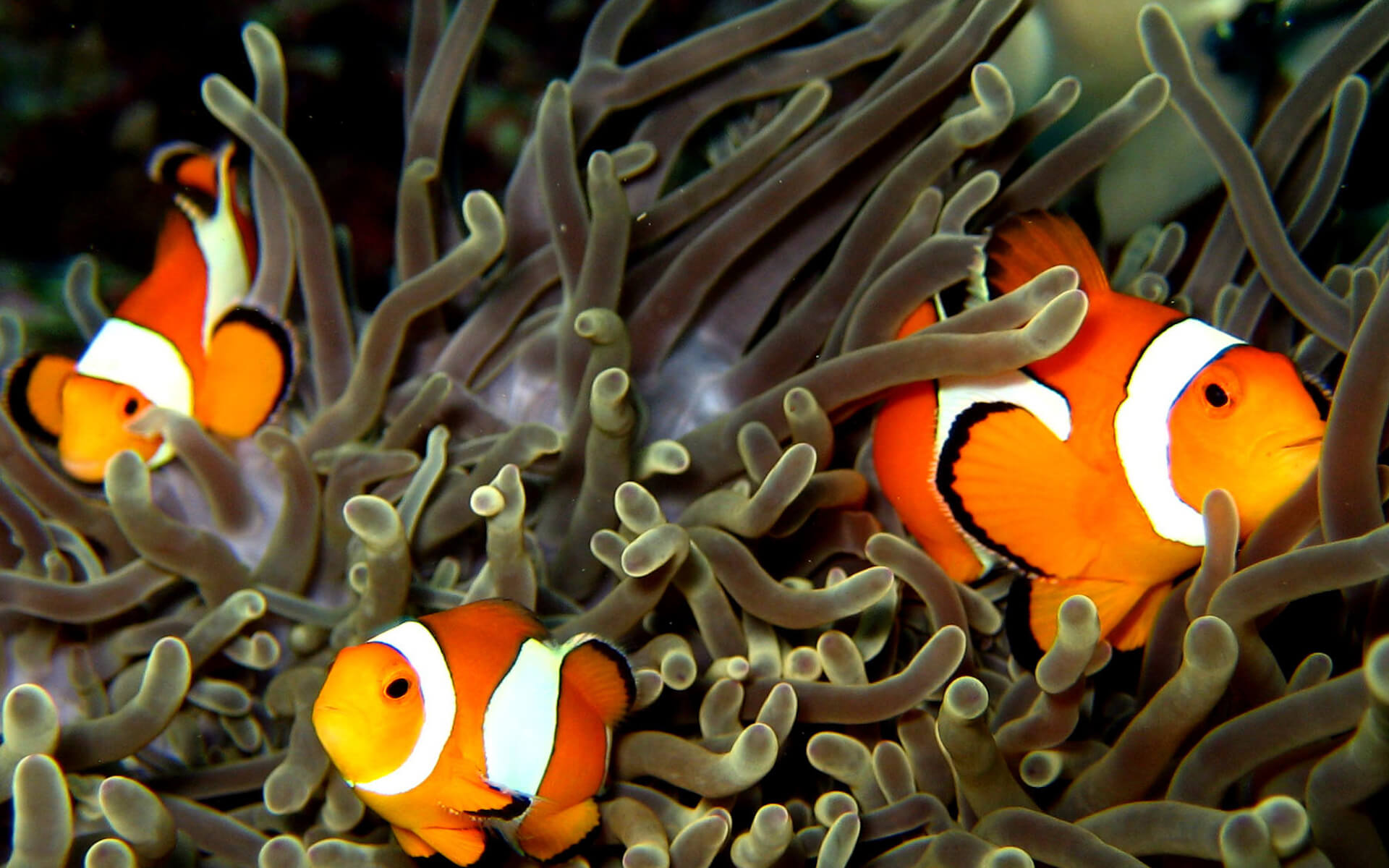
This site is like diving in an overcrowded aquarium. Rated the 27th best dive site in the world by CNN, Batu Bolong is a must see on your trip to Komodo. This rock pinnacle lies in 75 metres of water in the centre of the Lintah Strait. Strong currents create a maelstrom of activity at this buzzing site. As the currents hit one side of the rock, they create strong surges downward, forcing divers to limit their dive to the lee side of the site. This makes for 2 entirely different dives, based on the direction of the current. The south side is a gentle slope, but the north side offers much steeper and varied topography. This site has it all – healthy coral, large passing pelagic creatures, sharks, turtles, a dazzling array of reef fish, topography, and macro life. The sheer volume of fish here is unbelievable. Fish mating, fish laying and guarding eggs, fish hunting, fish hiding, fish fighting, fish feeding – it’s all here on display from dawn ’til dusk. One customer remarked, “I had to push little fish out of the way to see the big things!”
AVG DEPTH: 15M
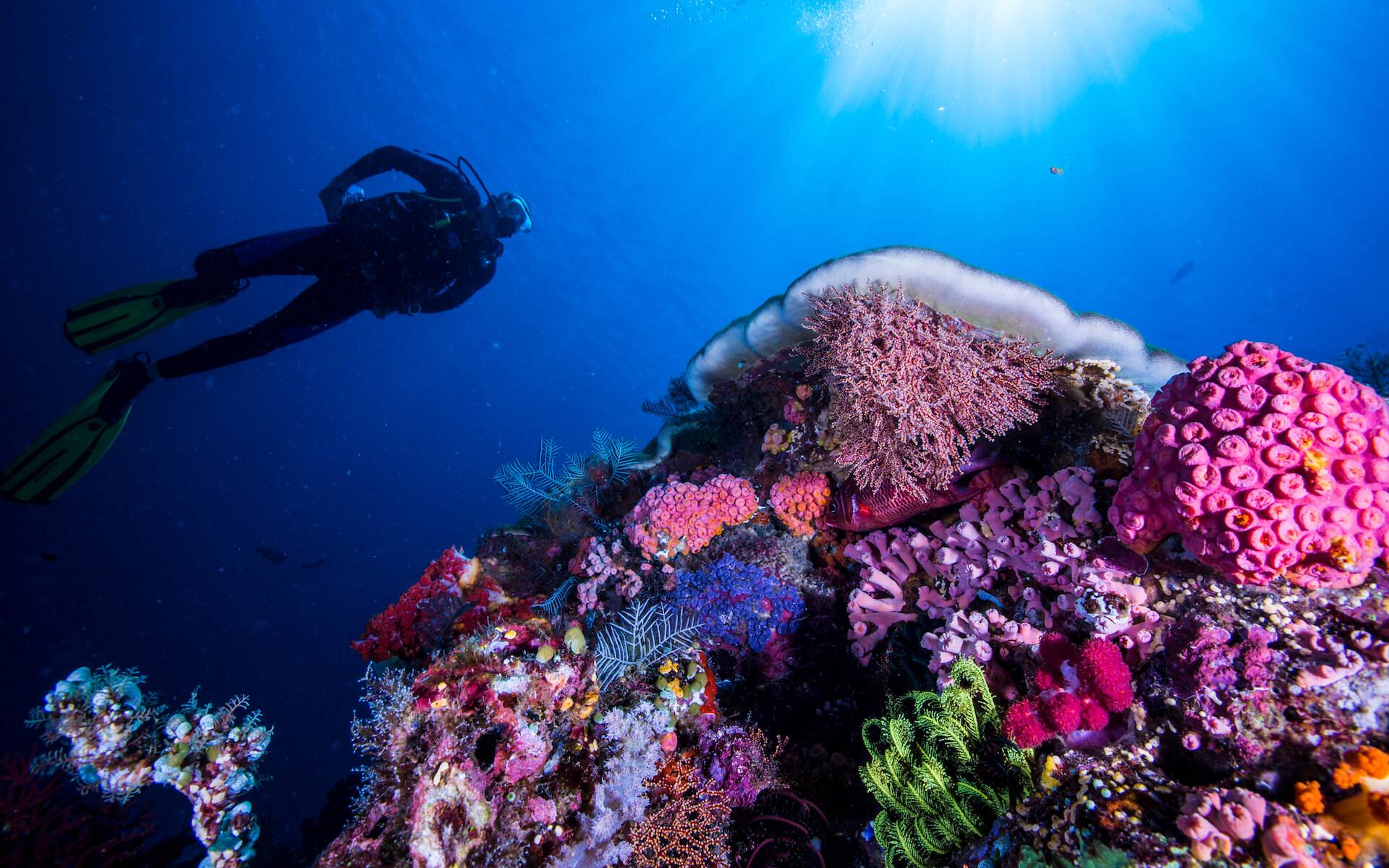
A small island south of Tatawa Besar, Tatawa Kecil offers one of the more advanced dives in the park. Strong currents can increase the occurrence of down currents, so it is best to dive this site at slack to rising tide. The topography differs greatly from other sites. Swim-throughs, valleys, and giant boulders are the highlights of this site. Many coral reef fishes, including large groupers, snappers, sweetlips, jacks and sharks are also present. This site is hard to find the perfect time to jump in, but when you can- it’s always a treat.
AVG DEPTH: 15M
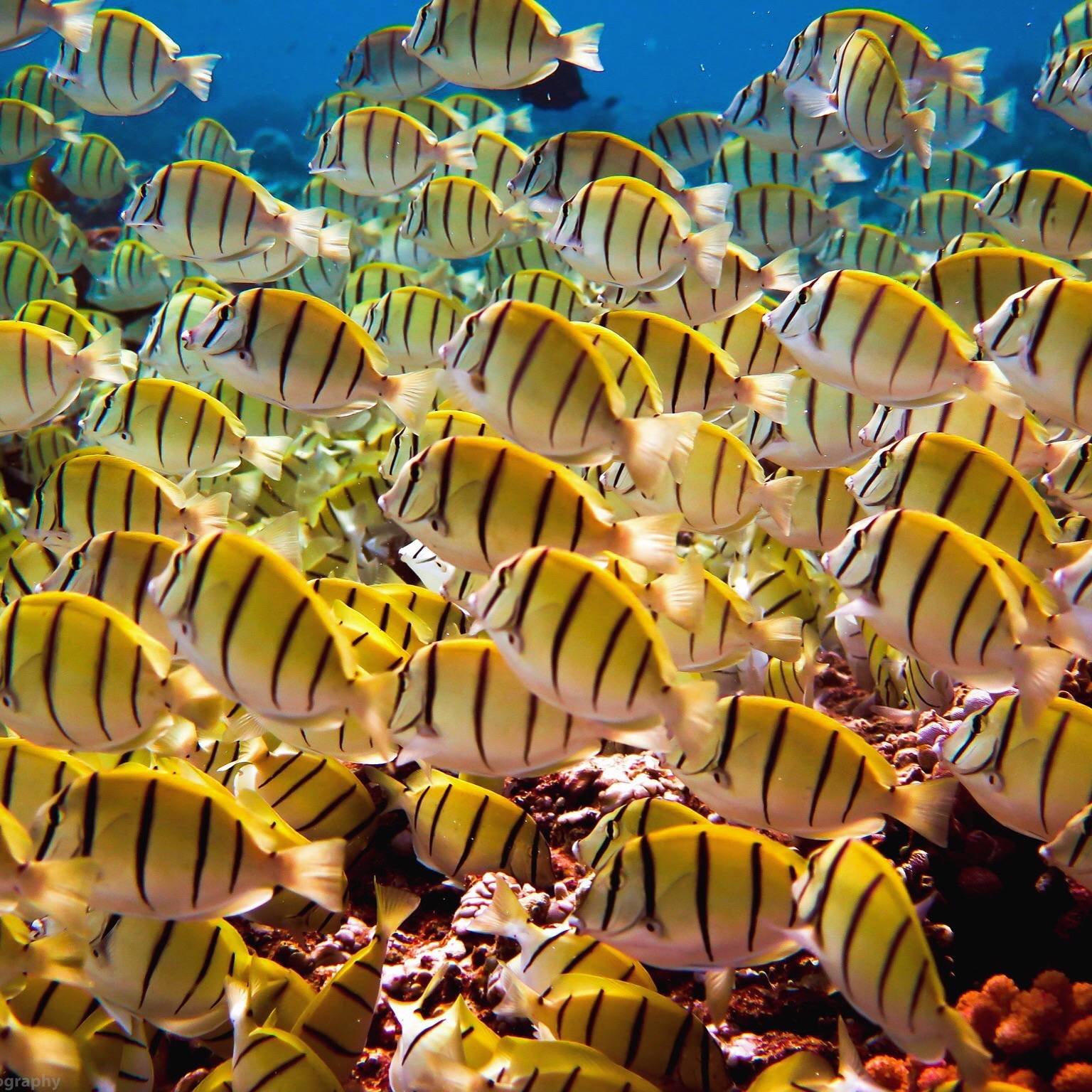
Batu Tiga has a very similar topography to Tatawa Kecil and is extremely affected by current that bottlenecks between Komodo and Rinca. It is crucial to hit this site at the perfect time and is recommended only to advanced, experienced divers in the event of current arriving whilst in the water. It is 3 rock pinnacles that start at great depths underwater and breach the surface. A prominent feature of this dive site is a canyon with huge boulders along the side which host interesting swim-throughs. Sharks and HUGE schools of barracuda, snapper, batfish, trevally, bumpheads and fusiliers are the usual suspects. However, don’t overlook the macro on this site, as a huge array of nudibranch can be found in the pristine coral garden at about 15m. Because of the strong currents and advanced nature of this site, Batu Tiga is the least frequently dived site in Komodo which has left the corals in immaculate condition.
AVG DEPTH: 15M

Castle Rock is definitely in the ‘Top 3’ of the park. Prone to current, this seamount rises from depths of 75 metres to about 3-4 metres under the surface. We usually dive this site by dropping in the split via negative entry. Quickly descend to 25 metres, where you can hold onto a rock in the current as sharks, giant trevally, tuna, and mackerel swim in massive schools above your head. As you make your way around the site, propelled by the current, you can see soft coral growth and numerous fans that are host to pygmy seahorses.
AVG DEPTH: 15M
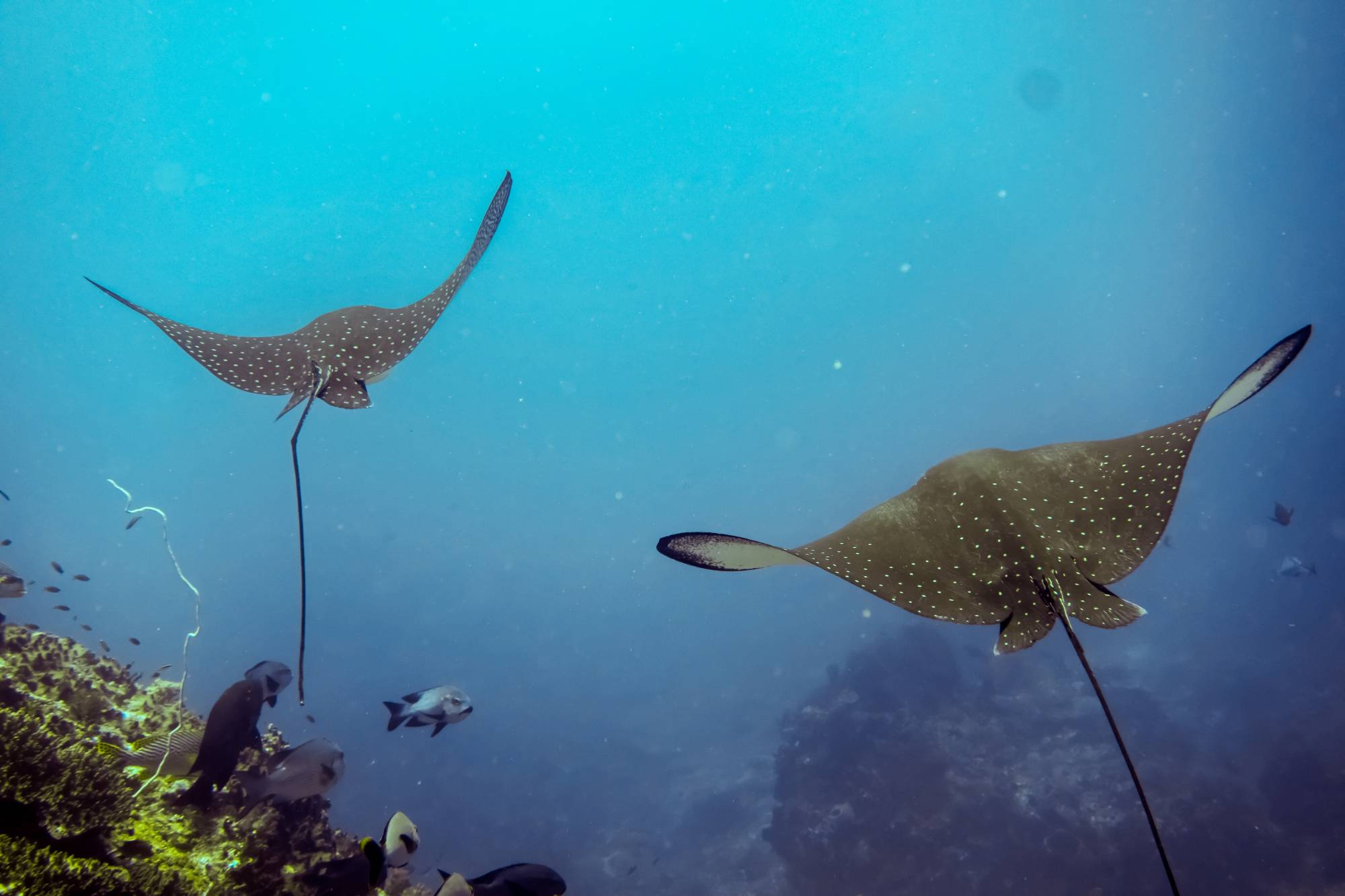
The Lighthouse, located off the point of Gili Lawa Laut, is a drift dive for the more experienced diver. Below the surface at this natural landmark, lie two pinnacles jutting off a sloping reef. The reef itself is made up of large table corals and long whip corals, boasting huge schools of Red Tooth triggerfish, White Tip Reef sharks, Bumphead parrotfish, sweetlips, and all the usual suspects typically found in Komodo. The pinnacles, however, are the sweet spot of this dive. The first pinnacle offers Leaf scorpionfish, frogfish, schooling batfish, and at the right time- hundreds of spawning Indonesian groupers. Moving along, you reach the second, larger pinnacle This place is great for spotting White Tip Reef sharks, Manta rays, and even dolphins if you are lucky!
AVG DEPTH: 15M
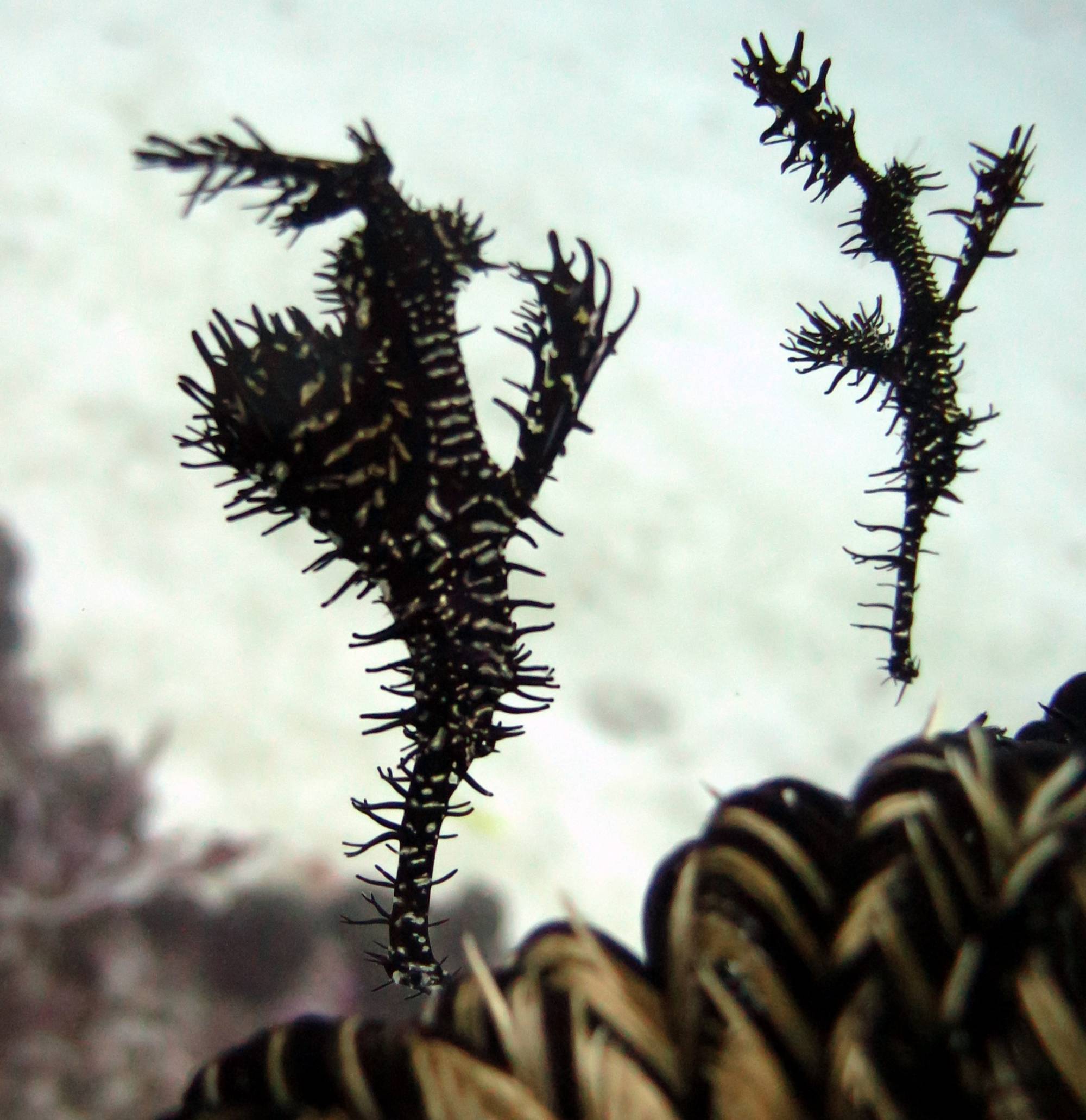
The very shape of this dive site has given The Cauldron its name; it is split into 2 sides. On the one side there is a bowl, deep and round, with a sandy bottom and walls covered in gorgonian fans and soft corals… like a cauldron! At one end of it there is a shallow and narrow pass that could propel you out to the other side! Once there, it's a world of channels, edgy canyons running parallel to one another. The atmosphere of the first half of the dive site is that of a stroll, a wandering; glide along the walls, check out the fans and the soft corals. A slight trough on the North side just before the pass is actually covered in orange! Absolutely breathtaking! If you’ve got a bit of time, scan through the gorgonian fans, some of them host a few pygmy seahorses… The second half is completely different in every aspects, and it can be quite challenging! When the current is pushing (you do this dive when the tide is coming up or down, not when it’s slack), you cannot hover in place or glide around the canyons: you have to hold on to the edges of the canyons and wait… As a matter of fact, the manta rays come at this very place to effortlessly ventilate, get cleaned and feed with the flowing water! Watch out for the coral and venomous fish when you put your hands to hold on to the canyons, and enjoy: the manta rays can come up within arm reach if you’re relaxed and don’t scare them away with too much bubbles or noise. A real treat!
AVG DEPTH: 15M
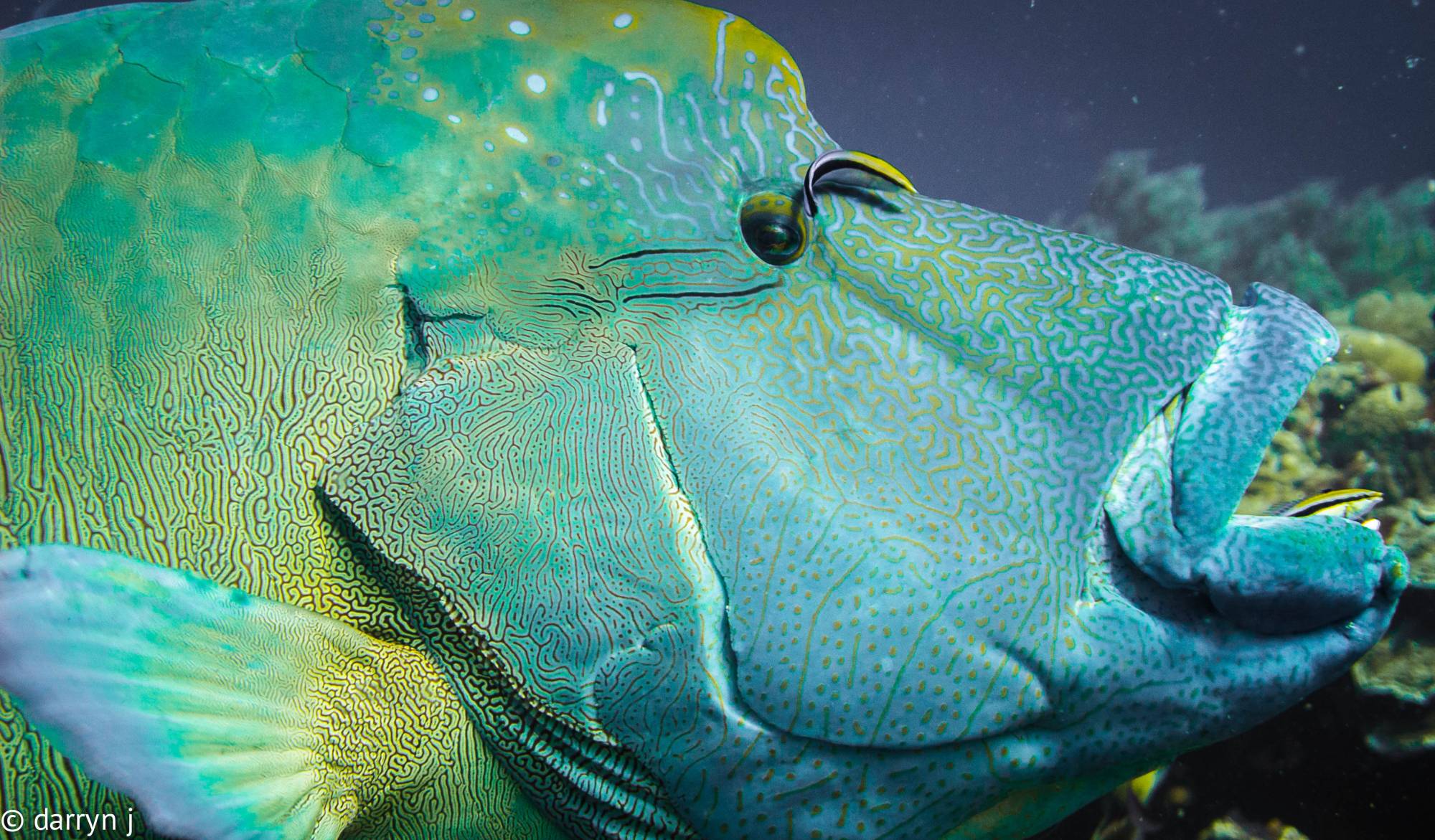
Crystal Rock is one of the North’s gems. This site is similar to Castle Rock, yet much larger. This rocky pinnacle breaks the surface at low tide, displaying an array of soft and hard corals. This is a very colourful dive which is also prone to current. We often use a negative entry on this dive, swim down quickly, grab hold of a rock in the split, and watch the show. Tons of trevally, jacks, sharks, Napoleon wrasse and the occasional eagle ray frequent. This site also experiences very clear water, hence its name – Crystal Bommie. There is a small mound north west of the rock where different species of fish school seasonally. Tuna and mackerel frequently buzz this site. This is an excellent dive site and usually worth doing twice.
AVG DEPTH: 15M
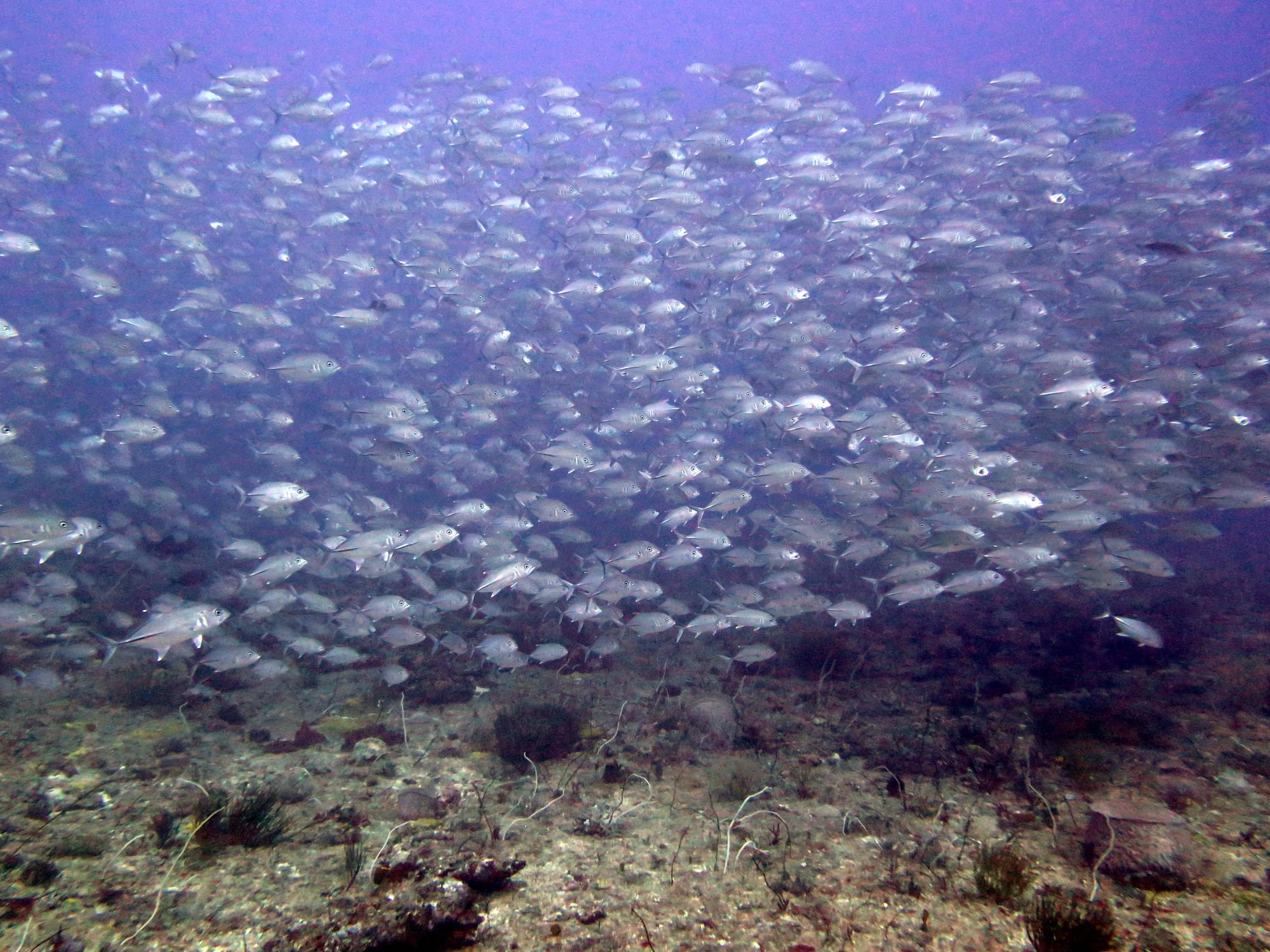
Pillarsteen is a pinnacle rock on the shore of a small island east of Padar. It is best to enter just off the point below the rock where there is a nice wall then swim to the west where you will find an interesting dive through lots of caves and swim-throughs at different depths. While this site is suitable for open water divers, advanced divers will love exploring around 30-40 metres. This dive is still quite good when other places have too much current, but can be prone to swell. Large schools of fusiliers can be found along a slope covered by an interesting variety of soft and feather corals. The landscape is really interesting and it is not unusual to encounter sharks and the odd turtle.
AVG DEPTH: 18M

Three Sisters is a site north of Pillarsteen . There are 3, large pinnacles within easy swimming distance of each other, with each rock only about 10 metres apart. They are sitting on the sand in about 20 metres of water and rise to about 3 to 5 metres from the surface. It is a very pristine site covered in coral growth and rich in fish life. It is often affected by current but usually always diveable if you don’t mind having to get some serious kicking in. If you are adventurous there is actually a fourth sister located further to the west that starts in about 20metres of water and drops down to 40 with some impressive fans and an abundant amount of life on it.
AVG DEPTH: 15M
